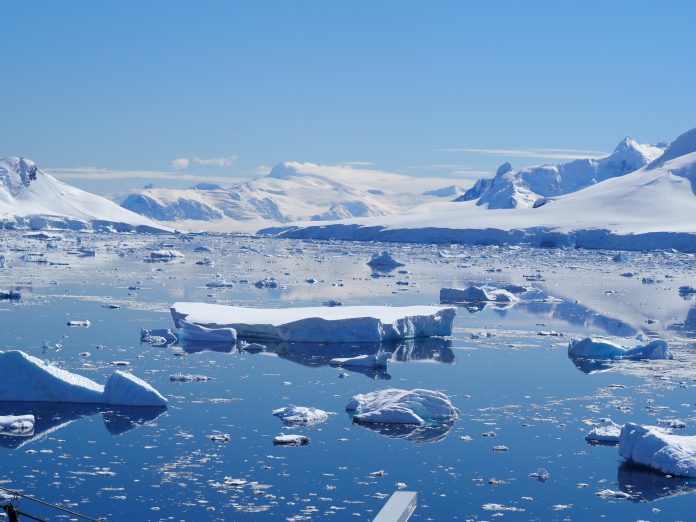A new equation has revealed that twice the amount of predicted subglacial waters might be draining into the ocean, causing sea level rises and ecological damage
Two Georgia Tech researchers, Alex Robel and Shy Joyce Sim, have collaborated on a new model for how water moves under glaciers.
The paper “Contemporary Ice Sheet Thinning Drives Subglacial Groundwater Exfiltration with Potential Feedbacks on Glacier Flow” reveals a new theory concerning subglacial waters.
“This is, to our knowledge, the first mathematically simple theory which describes the exfiltration and infiltration underneath ice sheets” commented Robel.
Twice the amount of predicted subglacial waters might be draining into the ocean
The team has revealed evidence that twice the amount of predicted sub-glacial waters could be draining into our oceans – which, if true, could mean drastic changes to our environment.
This could possibly increase glacier melt, sea level rise and biological disturbance.
Using satellite measures from Antarctica over the last two decades, Robel and Sim have developed an equation that can predict how fast groundwater discharge from the aquifer is.
Although pre-existing methods exist to understand the subglacial flow, they involve time-consuming computations rather than the simple equation created by Robel and Sim.
Modern ice sheet models and tracking
Although there has been less work on modern ice sheets, using the new theory and satellite data, researchers can predict what exfiltration might look like under modern ice sheets.
As the new theory is a simple mathematical equation rather than a model,
“The entirety of our prediction can be done in a fraction of a second on a laptop,” Robel says.
“There’s a wide range of possible predictions,” Robel explains. “But within that range of predictions, there is the very real possibility that groundwater may be flowing out of the aquifer at a speed that would make it a majority, or close to a majority of the water that is underneath the ice sheet.”
One main argument the paper highlights is that the potentially large source of subglacial water is possibly up by double the amount previously predicted. This could affect how quickly glacial ice flows and how quickly the ice melts at the base.
The long-term benefits of Robel and Shi’s new ice sheet model
Robel and Shi hope that predictions made possible by this theory can be incorporated into ice sheet models that scientists use to predict and track future ice sheet change. Robel also hopes this work will open the doorway to more collaborations with groundwater hydrologists, while Sim underscores the need for more fieldwork.











